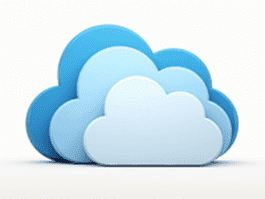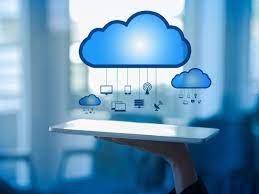Despite the growing relevance, few can say for sure what it is – cloud technologies and services (Cloud Services). And the definition of the concept in simple language. Meanwhile, is not so difficult to define. Each “operator” of a PC and the owner of a newfangled smartphone in one way or another uses such services. Sometimes without even understanding and not delving into the essence of what is happening.
The very concept of the system was laid back in the mid-sixties of the twentieth century, when high-performance fault-tolerant servers (mainframes) appeared and became ubiquitous. They were distinguished by a huge I / O resource. An impressive amount of external and random access memory, and were used most often for critical situations. At that time, several users were connected to them, who shared the computing capabilities among themselves with cloud infrastructure consulting.

Who uses
Another interesting question is the practical application and use of cloud technologies, examples of which are described in numerous articles on the Internet. A variety of subjects can act as users:
- Individuals.
- Corporations and companies.
- Organizations, joint stock companies.
- Small firms.
- Individual entrepreneurs.
- Government structures.
- E-commerce sites.
- Streaming services.
- Startups, self-employed, etc.
The main focus is on data backup and archiving. And in addition, it is in the cloud that brand new products are most often tested before they are released to the general public. However, many simply transfer all their diverse and multifaceted processes to such capacities, greatly simplifying their lives. For example, the notorious American General Electric stores its vast amounts of information about gas installations and oil rigs in the clouds.
Do it yourself: why cloud platforms are better
There are many different advantages that attract people and make them use the structure, one of them is the ability to almost instantly disconnect and reconnect services as needed. In this case, the payment is carried out according to a profitable and convenient scheme “as you use it” (PaYg, Pay as You go). Therefore, companies do not need to maintain additional resources and pay for the work of people who will serve all of this. They can spend the funds that are more beneficial to their own development and growth. For example, on the rapid testing of various marketing theories and hypotheses.
The provider seems to assume all the costs of purchasing, as well as maintaining and supporting the functionality of special equipment, for which he takes a certain fee. In addition, often large high-tech platforms sometimes also give out bonuses in the form of completely ready-made. Active software environments there have access to their own databases, operating systems, and a variety of tools, including for testing. This allows you to significantly reduce the time for development and “release” to the market “of any new products.

Flaws
However, despite solving the main tasks and stopping problems with storing information. Not everything is as rosy as it might seem to a not quite involved user. There is also a “reverse side of the coin”:
- A constant, stable and uninterrupted internet connection is required to be able to use cloud technologies.
- It is imperative to agree that the company providing storage services and others has full access. It’s to personal confidential information. Although there is a nondisclosure agreement.
- No user actually has full access to the use of software (software). There are certain restrictions that cannot be canceled. Therefore, at times, customization for your own needs is unrealistic as such.
- The safety of data is actually not guaranteed by anyone. Because the existence of vulnerabilities and viruses specially designed for such systems cannot be ruled out.
Nevertheless, all the disadvantages are easily leveled by the advantages described above. The Internet is almost universally stable. It stores personal information on third-party servers has already become mainstream. And the cloud is indeed a much safer environment than a personal computer.